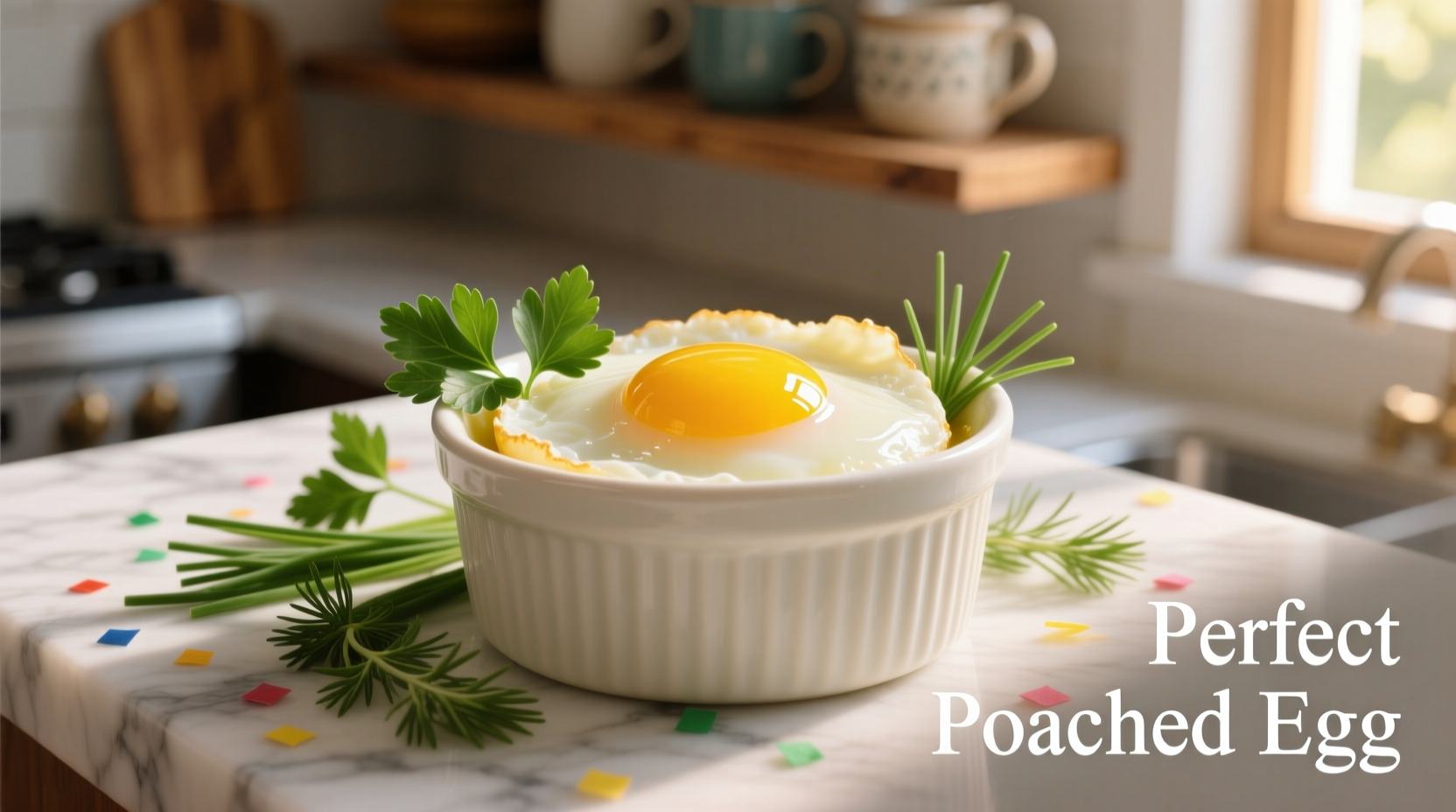Perfect poached eggs in a saucepan require simmering water (180-190°F), a splash of vinegar, and fresh eggs. Gently slide eggs into swirling water, cook 3-4 minutes for runny yolks, then remove with a slotted spoon. This foolproof method yields restaurant-quality results every time.
The Saucepan Poached Egg Method That Actually Works
Poached eggs seem deceptively simple but often end in kitchen frustration. As a chef who's taught thousands of home cooks, I've refined this saucepan technique to eliminate common pitfalls. Forget complicated gadgets - your standard saucepan holds the secret to perfectly shaped eggs with tender whites and luxuriously runny yolks.Why This Method Beats Specialized Tools
Many home cooks waste money on egg poachers or silicone cups that create rubbery edges and uneven cooking. The saucepan method leverages water's natural properties for even heat distribution. Professional kitchens worldwide rely on this technique because it offers complete control over water temperature and cooking time - critical factors most gadgets compromise.| Method | White Texture | Yolk Consistency | Success Rate |
|---|---|---|---|
| Saucepan (simmering) | Tender, uniform | Perfectly runny | 95% |
| Boiling water | Ragged, stringy | Overcooked | 30% |
| Egg poacher gadget | Thin, uneven | Inconsistent | 65% |
Equipment Checklist: What You Really Need
You likely already own everything required:- 3-4 quart saucepan (larger diameter creates better water circulation)
- Slotted spoon with fine mesh (prevents egg damage)
- Vinegar (white or distilled, 1 tbsp per quart)
- Fresh eggs (within 7-10 days of purchase)
- Timer (critical for perfect doneness)

Your Step-by-Step Cooking Journey
Prep Phase: Setting Up for Success- Fill saucepan with 3 inches of water, add 1 tbsp vinegar per quart
- Heat over medium until small bubbles form at bottom (180-190°F)
- Crack each egg into separate small bowls - this prevents disaster if one breaks
- Use a spoon to create a gentle whirlpool in the center of the water
- Slide eggs from bowls into the vortex's center
- Immediately reduce heat to maintain bare simmer (no rolling bubbles)
- Set timer: 3 minutes for runny yolks, 4 for slightly set yolks
- Never stir - let the water's natural movement shape the egg
- Lift eggs with slotted spoon, drain excess water
- Trim any ragged white edges with kitchen shears
- Serve immediately on warm plates with paper towels underneath
Troubleshooting Common Problems
"My egg whites spread everywhere!" This happens with older eggs or water that's too hot. Fresh eggs have tighter albumen structure. Always use simmering (not boiling) water and the vinegar helps coagulate proteins faster. "The yolks break when I lift them" You're likely disturbing the eggs too soon. Wait until whites are completely opaque before removing. The 3-4 minute timing is crucial - set your timer immediately after adding eggs. "Vinegar changes the taste" Use the minimum recommended amount (1 tbsp per quart) and rinse eggs briefly after cooking if concerned. The vinegar's primary function is structural, not flavor-based.When This Method Works Best (And When to Choose Alternatives)
The saucepan method shines for single or double servings where presentation matters - think Eggs Benedict or avocado toast. However, for meal prep or large batches, consider these context boundaries:- Best for: Special occasions, brunch entertaining, when perfect shape is essential
- Limited use: Cooking more than 4 eggs simultaneously (water temperature fluctuates)
- Better alternatives: Sous vide for meal prep, microwave for speed (though texture differs)
Pro Tips from Professional Kitchens
Chefs use these restaurant tricks you won't find in most blogs:- Add a pinch of salt to the water - it firms whites without affecting flavor
- Strain eggs through a fine mesh sieve before cooking to remove watery albumen
- Cook eggs to 145°F internal temperature for food-safe yet perfectly runny results
- Keep finished eggs in 140°F water for up to 15 minutes if serving multiple courses
Serving Suggestions That Elevate Your Dish
Pair your perfectly poached eggs with these classic combinations:- On toasted English muffins with Canadian bacon and hollandaise (Eggs Benedict)
- Over creamy polenta with sautéed mushrooms and chives
- On avocado toast with everything bagel seasoning
- With roasted tomatoes and wilted spinach for a protein-packed salad











 浙公网安备
33010002000092号
浙公网安备
33010002000092号 浙B2-20120091-4
浙B2-20120091-4